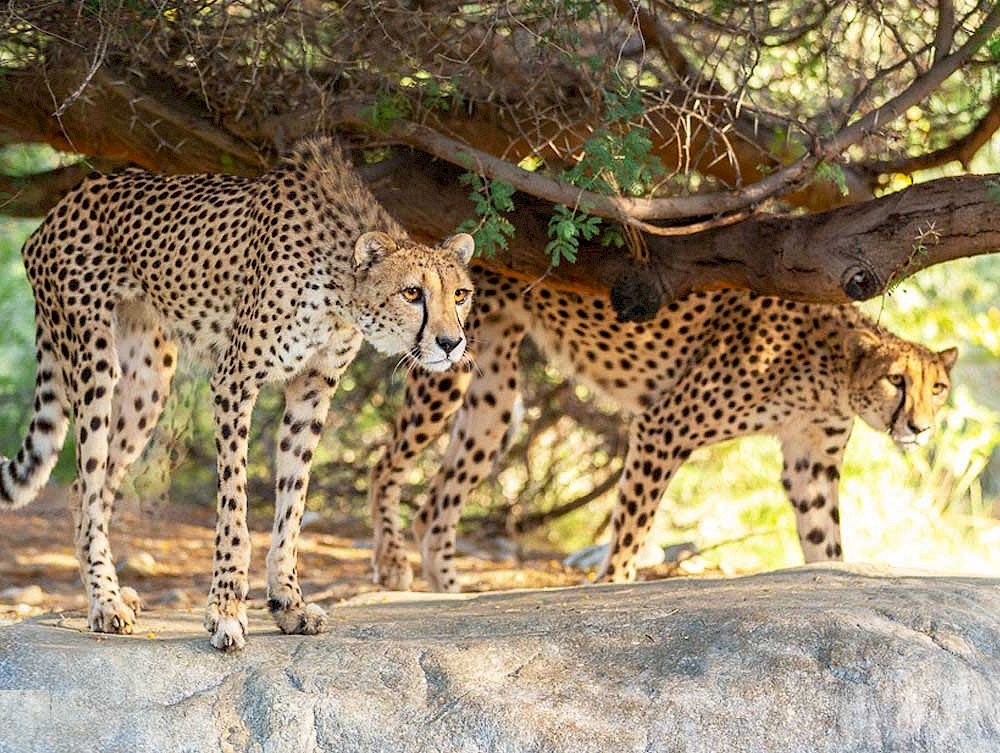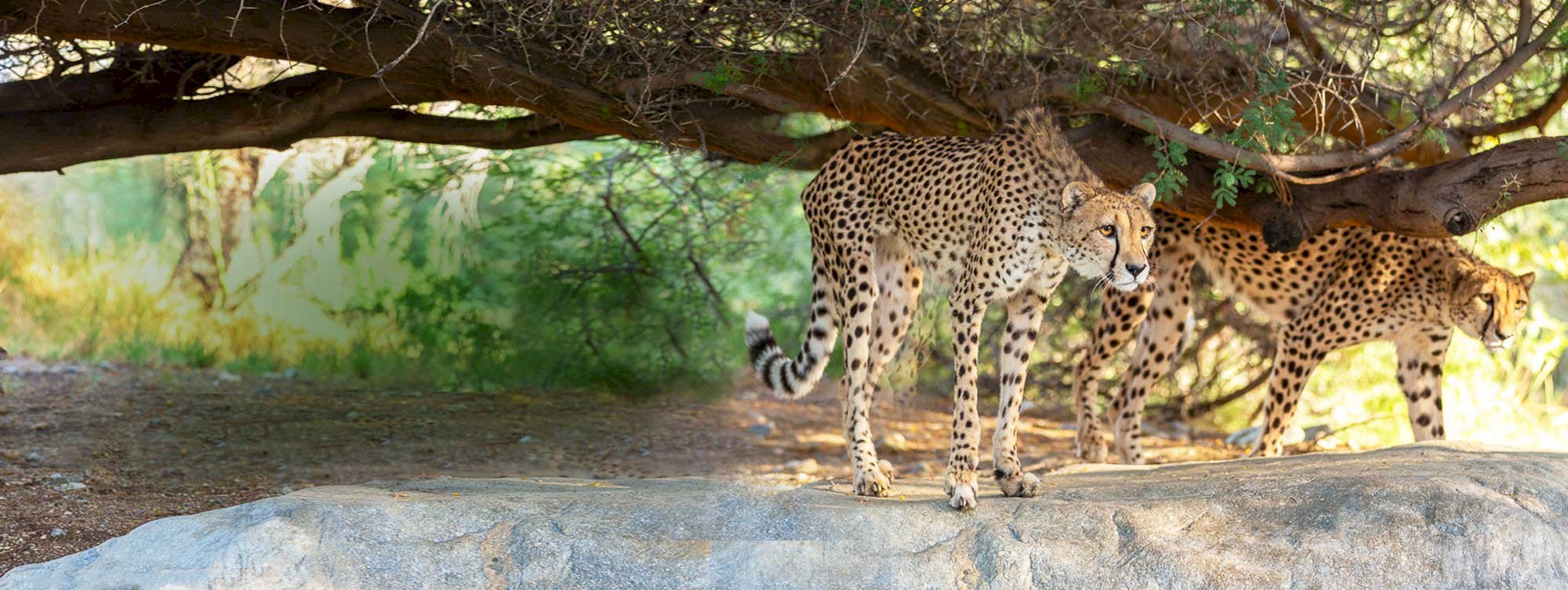Building Habitat Heroes Among Torres Martinez Tribal Youth
April 29, 2022
By James Danoff-Burg, Director of Conservation
The Living Desert is partnering with the Torres Martinez Desert Cahuilla Indians (TMDCI) Tribe and Outward Bound Adventures (OBA) to create future conservationists among TMDCI youth. This new program is a habitat restoration and conservation workforce development and job training program titled “Torres Martinez Youth Environmental Ambassadors” (TM-YEA). Collaboratively we will directly serve 48+ tribal youth, ages 15-26, from the TMDCI Reservation over two years who will be more able to steward TMDCI land as well as that across the Coachella Valley. By collaborating with TMDCI Elders and leading local Federal, State, and non-profit conservation organizations, the TM-YEA youth will be able to draw from the best Traditional and Modern approaches to care for our beloved desert plants, animals, ecosystems, and Cahuilla culture!
The TM-YEA will be a paid youth-led work-learning program focused on habitat restoration and conservation leadership through efforts to restore endangered desert pupfish habitat and populations in the Dos Palmas Preserve, along the waterfront areas of TMDCI Tribal Lands, and preparing youth to address other environmental problems on their Tribal Lands. We will train participants to be outdoor leaders, provide access to pathways in conservation and natural resource careers, and help them become stewards of their ancestral lands. This project will importantly provide demonstration sites for TMDCI Youth to teach their Tribe and TLD park visitors about conservation, citizen science, and local cultural and eco-history.
These youth will form two Tribal Environmental Restoration Teams (TERTs) with 12 members, two TERTs in each of the two project years. Each TERT will participate in two earlier conservation projects and then at the end of the year-long project year, they will be tasked with creating and implementing a unique community science project on or near the TMDCI reservation land.
This intensive program will be repeated in the second year, with TERTs from year one helping in training of year-two participants. The TERTs will be tasked with creating community science projects that engage other TMDCI Reservation residents as well as several hundred other youth from nearby high schools annually to assist with data collection and project implementation. This structure encourages extended service and development of future iterations. Technical presentations and training from conservation practitioners (including TLD, USFWS, BLM, TMDCI, and CDFW) will be led and coordinated by TLD and will be concentrated in the first half of each year. In this way, participants can gather new knowledge and skills to lead themselves in restoration activities throughout the remainder of the program.
While conservation learning and restoration is central, other TM-YEA activities will focus on environmental justice, personal well-being and healthy eating, traditional ecological knowledge among the Cahuilla people, scientific processes, comfort in natural areas, leadership, and career preparation. These will be led by OBA and TMDCI, with a co-leadership role played by TLD staff.
Participants will have the opportunity to host an end-of-program celebration at or near the restoration site(s) so they can showcase their accomplishments to friends and family and share traditional foods, stories, and experiences. Since this program seeks to create a platform for reciprocal learning, teams of participants will exchange presentations or lessons with each visiting partner/professional. Participants will choose a topic, but examples include cultural or historical info about their tribe, summary of conservation challenges on the reservation, or perspectives and recommendations related to past or proposed environmental policies/programs.
Through this program, we at TLD hope that we will build conservation and habitat restoration and management skills among the TM-YEA participants. The most important achievement will be if we are able to connect the TM-YEA youth participants with our conservation partners so that both the participants and the conservation organizations will know of each other. The best outcome would be if the participants are hired by our conservation organization partners!
Conservation wins when everyone is at the table who should be there. For too long Native Americans have not had a large enough say in local and regional land management. We hope to help to take steps towards correcting that history!









